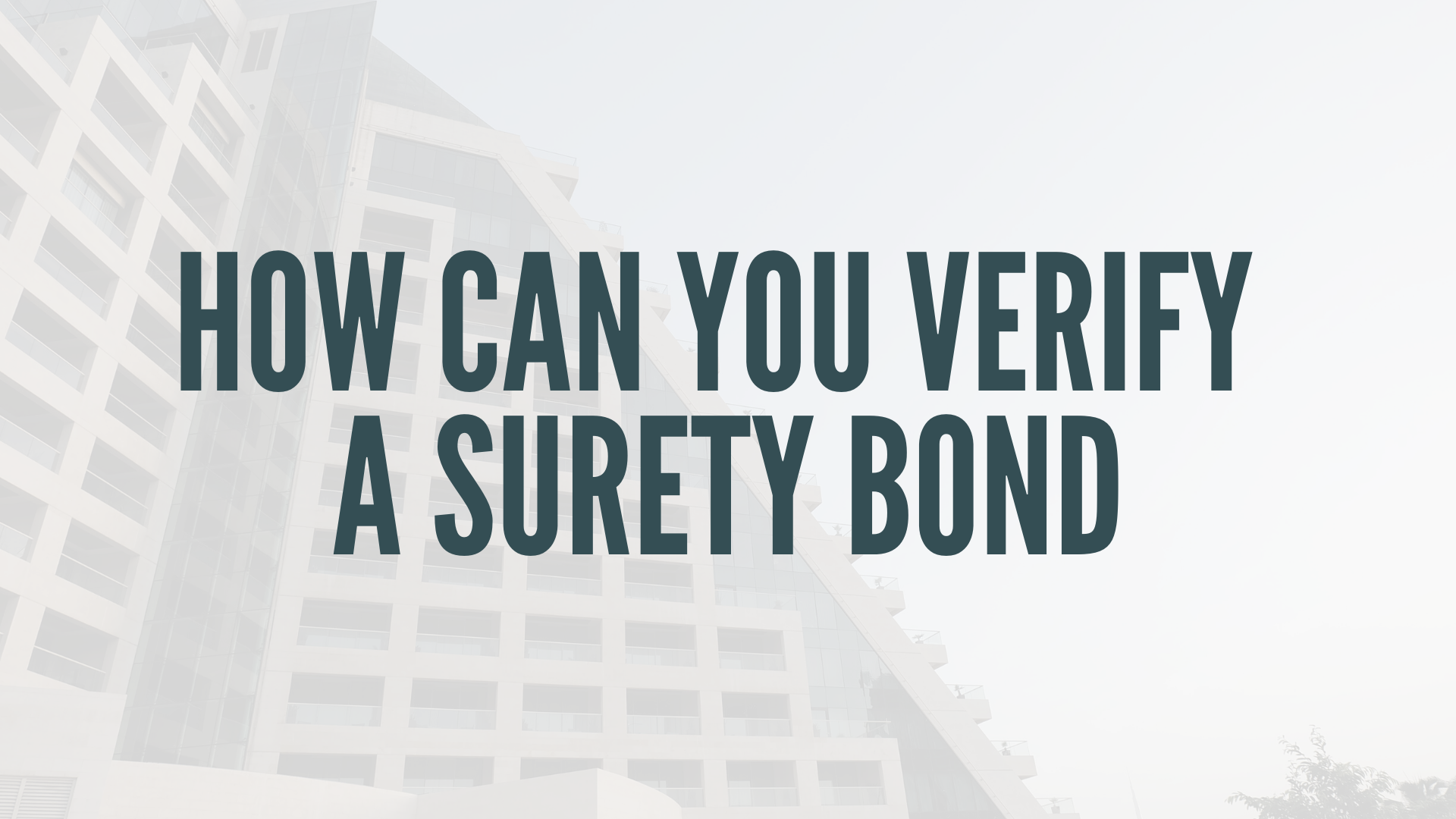How can a surety bond be verified?
A surety bond is a contract that binds three parties together. The obligee or issuing agency, which is often an institution that provides money for projects such as school construction or road construction, would be the first party in the agreement. The principal, who is sometimes referred to as “the contractor,” is the second party in the agreement.
When a contractor engages in an agreement with the obligating agency to deliver labor and materials at a cost in exchange for a specific outcome, the contractor becomes a party to the agreement. For example, if someone applied for funds to build a bridge over State Route 789, they may have been contracted by ODOT to complete the project within a certain length of time and with certain requirements. In order for this transaction to take place, all sides must be certain that the contractor will be able to execute the job on time and within budget.
This is when the third party, often known as the surety, comes into action. The surety’s job is to provide assurances for both parties; if it becomes clear that commitments have not been honored at any stage during or after construction, ODOT may file a claim with the surety agency to collect any money lost owing to the contractor’s poor workmanship.
Sureties come in a variety of shapes and sizes, depending on their association with various issuing institutions, but the majority fall into one of three categories: insurers, banks, or bonding agents.
What is certainty proof?
When validating a surety bond, the first step is to determine the type of surety. This is normally accomplished by reviewing the papers pertaining to the two parties’ agreement. This information will normally mention whether they used a financial supporter such as an insurer, bank, or bonding agency.
Once this has been verified, additional extensive information about the backing company may be available on their website. Most businesses publicize their success stories and accomplishments on their websites, detailing how they were able to assist another party in achieving their objectives through finance or insurance coverage.
Contacting either party engaged in the contract creation can usually provide proof of surety; if they are not responding, you should contact the corporation directly.
If everything else fails, you could immediately contact the issuing agency! Some agencies will keep track of their contractors and the forms of finance they used to construct contracts; this information can be used to check proof of surety.
What is a surety’s responsibility?
A surety must first confirm that the contractor is financially capable of finishing the job before they can properly guarantee it. They may be confident that if something goes wrong and the client files a claim, the contractor will have enough money in the reserve to cover all necessary charges.
After then, they take on a new job that requires them to manage any legal challenges that may emerge as a result of the deal. If ODOT and our hypothetical contractors ever had a disagreement, it would be up to our hypothetical surety company to mediate and come up with a solution that all sides could live with moving ahead.
What methods do you have for confirming proof of surety?
How much work has been done on a project, what is the typical amount of contract disputes, how long have they been in business, and what percentage of contracts do they fulfill are some of the most common issues that come up while evaluating proof of surety.
If you can’t find this information on the company’s website or other paperwork regarding their work, there are various tools available to help you verify it! The first place to start would be to contact either ODOT or your contractor to see if they have any further information that could assist you in tracking down any transaction data.
If both parties are unable to give you additional information, you may choose to contact the corporation directly. Finally, many businesses keep public documents that detail all elements of their job; this information is frequently available online!
Is it true that a surety bond is a liability?
When a contractor and a surety firm sign a contract, they both assume the duty, but once a claim is filed against either side, the insurance or backing company becomes responsible.
What does being in good standing imply? If they fail to meet their contractual responsibilities and are unable to resolve the problem with ODOT, both parties will be forced to submit documents detailing their efforts to resolve the transaction. If you require any additional assistance in checking proof of surety, please do not hesitate to contact us!


